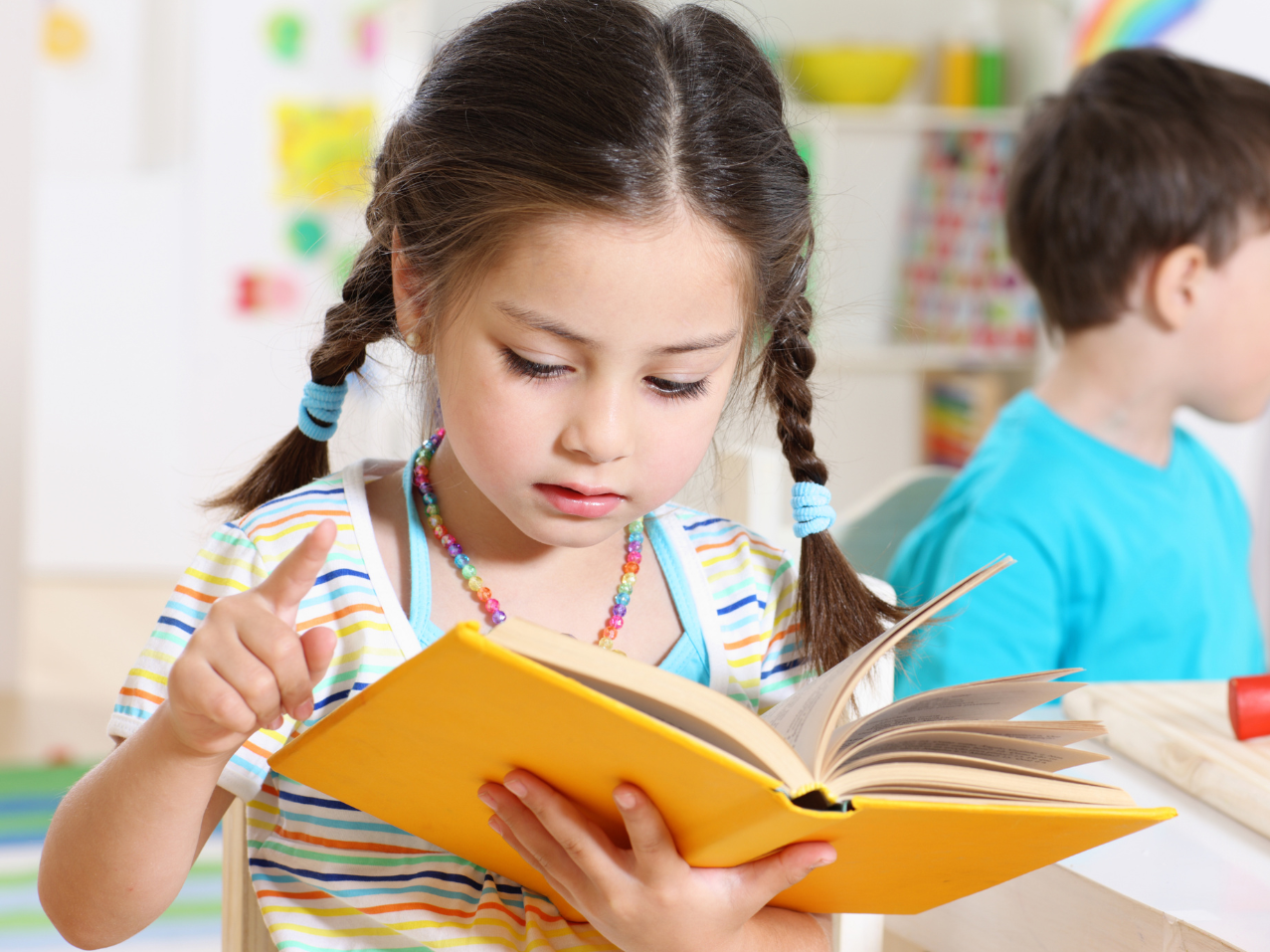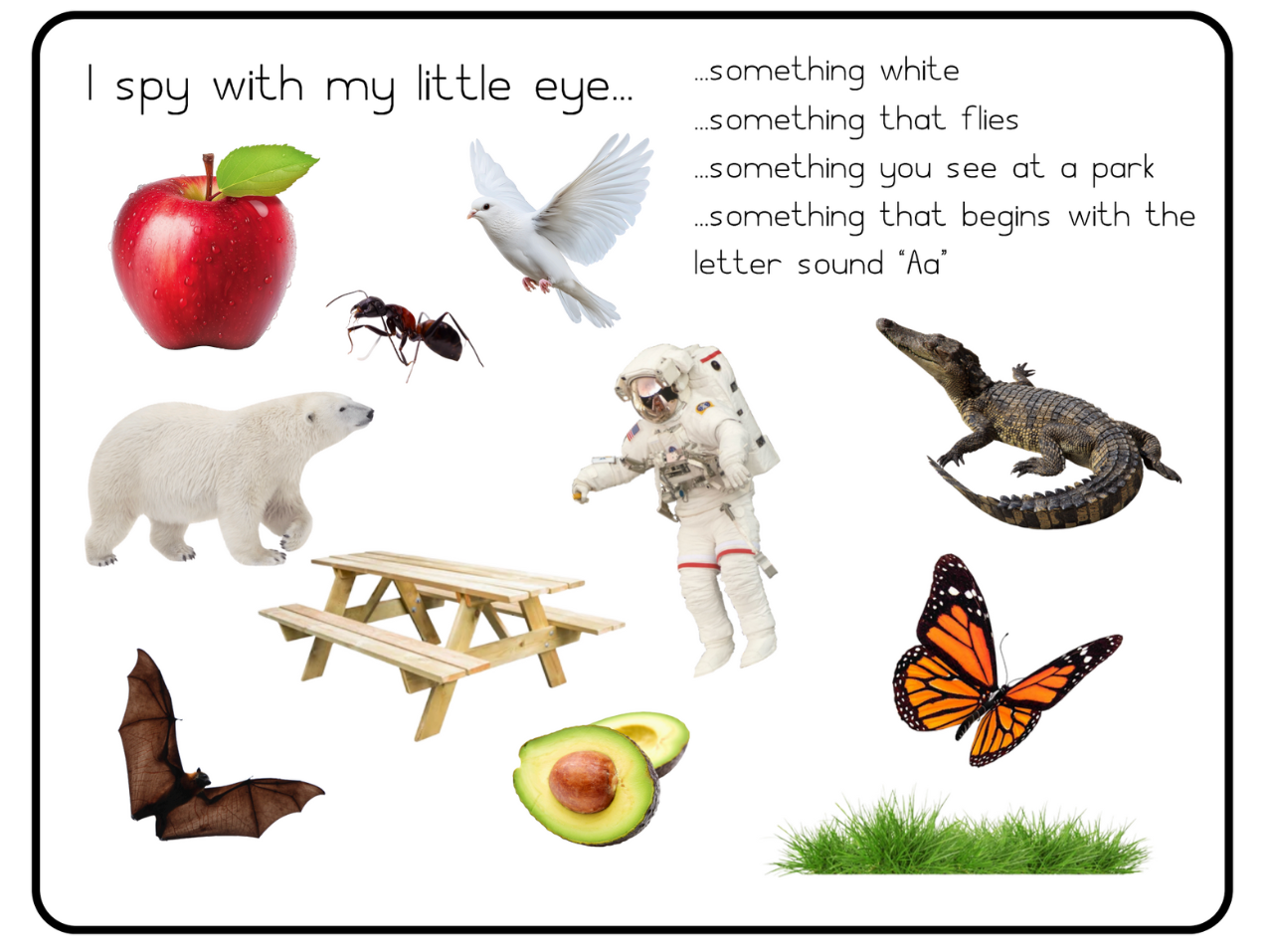Menu
-
-
Shop Holiday Items
-
Shop Gifts By Age
- Gifts For a 0-6 Month Old
- Gifts For A 6-12 Month Old
- Gifts For A One Year Old
- Gifts For A Two Year Old
- Gifts For A Three Year Old
- Gifts For A Four Year Old
- Gifts For A Five Year Old
- Gifts For A Six Year Old
- Gifts For A Seven Year Old
- Gifts For An Eight Year Old
- Gifts For A Nine Year Old
- Gifts For A Ten Year Old
-
Shop Gifts By Budget
- New Arrivals
-
Toys
- Large Active Toys
- Animal Toys
- Arts & Crafts
- Award-Winning Toys
- Bath Toys
- Birthday Wishlists
- Building Toys
- Cars, Trains, & Trucks
- Games
- Instruments
- Loose Parts Play
- Loot Bag Toys
- Made in Canada
- Outdoor Toys
- Pretend Play
- Puzzles
- Sensory And Fidget Toys
- Sensory Bin Tools & Fillers
- STEM Toys & Activities
- Toronto-Themed Gifts
- Travel Toys
- Wooden Toys
- Waiting Room Toys & Furniture
-
Montessori Materials
- Montessori At-Home Program
-
Montessori Furniture
-
Bundles & Sales
-
Books
-
Shop By Age
-
Shop By Brand
- Brands A-F
- Brands G-L
-
Brands M-R
- MagicPlaybook
- Magna Tiles
- Make Believe Ideas
- Makedo
- Manhattan Toys
- Math for Love
- Milaniwood
- MindWare
- Mojo Toys
- Moluk
- Moulin Roty
- Native Northwest
- nic
- Nienhuis
- Ooly
- Opinel
- Ostheimer
- Papoose
- Peaceable Kingdom
- Plan Toys
- Plus-Plus
- Preschool Collection Watches and Timers
- Ravensburger Puzzles
- Real Life Pages
- Brands S-Z
-
- 866-901-4696
- Gift Registry
- Login


The Montessori Approach to Bilingualism
3 min read
Because of this, it's the perfect time to expose them to multiple languages.
Not only will your child have the benefits of another language in adulthood (for work, travel, etc) but bilingual children have been shown to 1:
- have a better understanding of others’ perspectives, thoughts, desires, and intentions
- perform better at tasks that involve switching between activities
- perform better at certain memory-related tasks
- have enhanced sensitivity to certain features of communication
Introducing Multiple Languages in Infancy
Children are born with the capacity to rapidly acquire the language or languages of their environment.
So while it helps to have a plan when introducing a second language, it will also happen pretty naturally for most children (2).
Here's three ways you can easily support bilingualism at home:
1. Lots of Exposure to Conversations
Young children in bilingual households should have as much exposure to both languages as possible. Start as early as possible and create an environment where it is normal to speak and hear various languages.
If you are the only parent that speaks one of the languages at home, take every opportunity to include your child in conversations when you're speaking to another friend or family in that language.
This gives them an opportunity to observe and absorb how others use the language.
A “one-person-one-language” strategy is often recommended to bilingual families. This is where one parent/caregiver speaks in only one language to a child, while another speaks exclusively in another language.
The initial thought was that this would prevent bilingual children from confusion and intellectual fatigue. While this is logical, there is no evidence that bilingual children are confused by early bilingualism (3).
However, even though the approach isn't necessary, it does provide your child with order and routine, i.e. they are learning the various languages from the same person and know what language to expect from each person.
Order and routine create ideal learning environments for a young child because they are predictable, which allows children to recognize patterns in the world around them.
With that being said, multilingual households typically have one language they use most often, one that both parents understand.
For example: One parent speaks German and English and the other parent speaks only English. This means the child will likely be hearing one parent speak two languages.
Rest assured that that is totally fine. Children whose parents speak to them in their first language and English typically manage just fine.
Rather than the “one-person-one-language” strategy, some families try to create order in other ways, i.e. certain times of day, certain activities, etc.
3. Practice Should Be Live
All communication in infancy and toddlerhood should be done live, either with you or another caregiver - talking, reading, singing, etc.
Practice should not be done using iPad apps or TV for at least the first two years of life. Just note that does not include online communication with caregivers/relatives.
Even More Reading (If You're Interested)
Join Our Montessori Community
Sign up to get weekly activities, free printables, Montessori parenting guidance, and so much more.
Plus, get $10 off your first order of $100+.
Like this article? Get new articles, weekly activities, free printables, Montessori parenting guidance, and so much more.
One mom recently shared:
"Your newsletter is always SO great. It is one of the few I open and read weekly. You provide so much value. Thank you!"


